Objects can be easy to overlook in storytelling. When I say objects, I’m referring to any number of props that warrant the narrator’s attention. It might be a can of bug spray, a precious gem, a coin, a framed photo. Ostensibly, any given character is surrounded by dozens of objects in any given scene, but the storyteller mentions those that serve a purpose for the story in some way.
It has never been my first instinct to put much effort into imagining objects and thinking about how I can use them in a story. But the more I’ve matured as a writer, the more I understand how crucial objects are to the story’s being unique and affecting. And thus the more time and attention I give them—both in my initial imagining of the narrative and in subsequent revisions.
So for this article, I want to delve into five uses for objects within a story. Objects can help you with your plot, your character, and your theme.
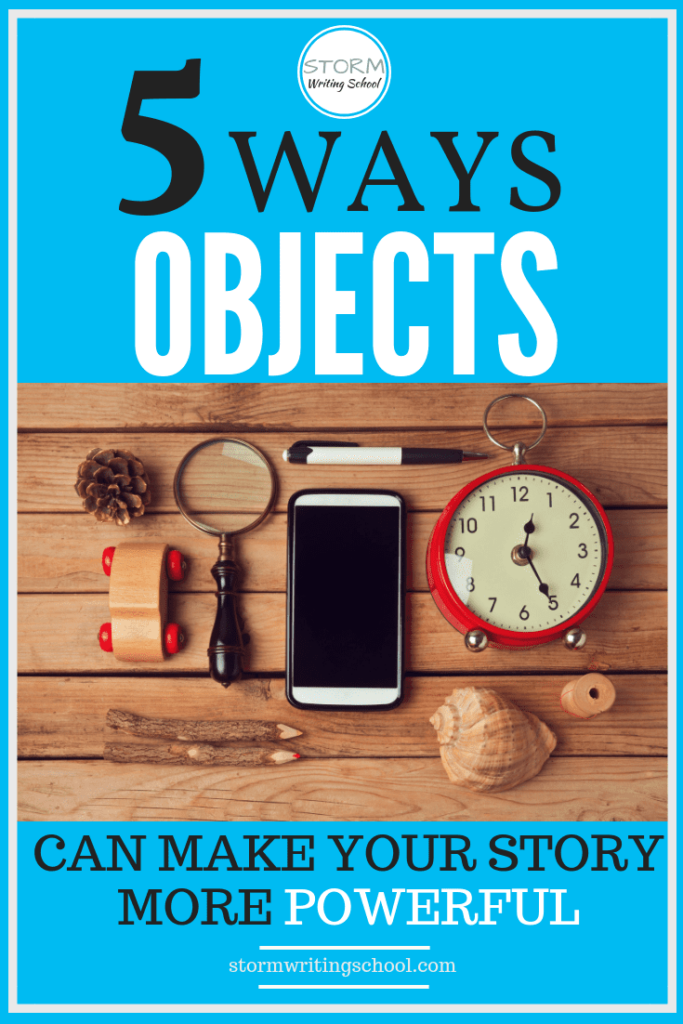
1. Propel the Plot (MacGuffins)
This use of objects is the most obvious. It occurs when an object spurs the action of the story—usually because an antagonist wants to get control of it. The scroll in Children of Blood and Bone; the ring in Lord of the Rings; the Sorcerer’s (Philosopher’s) Stone in the first Harry Potter; the Sea of Flames in All the Light We Cannot See.
Sometimes, such plot-propellers are referred to as MacGuffins—a term popularized by Hitchcock, who sort of denigrated its value to the story. Hitchcock famously explained the MacGuffin as “the device, the gimmick, if you will, the spies are after but the audience don’t care about.”
As Michael Kurland points out in this insightful article, Hitchcock was a director, not a writer: “he came in after the writer had done his job. Everything always seems easier after the writer has done his job. And it took a good writer to build the structure of the MacGuffin in to the plots so well that Hitchcock could ignore it and get on with making movies.”
And George Lucas also took a different stance than Hitchcock. He believed “the audience should care about it almost as much as the dueling heroes and villains on screen.”
That said, a MacGuffin does not have to be the ultimate objective for the story, and it can, indeed, be something that just serves to catalyze the conflicts and may drop off in importance as the story goes on. The MacGuffin, when it is an object (it can be intangible, as Michael Kurland points out), is a means to an end, not the end itself.
In fact, a story can have multiple MacGuffins, and they can rotate.
But the bottom line here: objects can propel the plot when they are at the center of conflict, when antagonists pursue them, and when characters are spurred to act.
2. Provide Narrative Unity (Setup and Payoff)
Consider Anton Chekhov’s famous line about the gun on the mantel. You know this one, I’m sure: “If you say in the first chapter that there is a rifle hanging on the wall, in the second or third chapter it absolutely must go off. If it’s not going to be fired, it shouldn’t be hanging there.”
That gun is not a MacGuffin: it does not spur characters to action; it is not an object of desire for the antagonist. However, it will play a role in the story, and when it does, readers will remember that it was mentioned before and therefore is not just a random, contrived deus ex machina tool that a character is using to help them achieve their objectives.
In other words, its use is earned.
And its use unites different parts of the story.
For a case study in narrative unity, look up Mark Richard’s short story “Strays.” If you google it, you’ll find it (I don’t want to link to it because it’s mostly at academic sites, which don’t always last).
I won’t spoil the story for you, but I will say this: the story opens with stray dogs crawling under the protagonist’s house at night to lick the leaking pipes, and then this passage follows:
Our father has meant to put the screens back on the windows for spring. He has even hauled them out of the storage shed and stacked them in the drive. He lays them one by one over sawhorses to tack in the frames tighter and weave patches against mosquitoes. This is what he means to do, but our mother that morning pulls all the preserves off the shelves onto the floor, sticks my brother and my’s Easter Sunday drawings in her mouth, and leaves the house through the field next door cleared the week before for corn.
The story is thus off and running, and we have two objects of great importance so far: the stray dogs and the broken screens. These objects (and yes, it feels a little wrong to call a dog an object, but that’s the role they play in the story) will be crucial to the final event of the story, which will also involve several other objects introduced at various points in the story, including sirloin steak bones, string, and a can of bug spray.
Again, none of these are plot propellers. Like the screens in the above passage, they’re involved in a scene that has its conflict and desire coming from other sources. But the fact that the windows have no screens will be important later for several reasons: 1) because it means the children in the house will be horribly bug-bitten, and 2) it will be easy to go flying out a window.
Examine the story’s end and you’ll see how it depends entirely on our being introduced to all of those objects earlier, each of which is absolutely necessary for the masterful payoff in the end.
3. Reveal Character Personality
Writers whose work I’ve edited are familiar with my gripes about how people use food in stories. Too often, I see food used as filler stage business within dialogue:
“What brings you here?” She stirred her coke.
“Oh, I don’t know,” he said, taking a bite of his coconut shrimp. “I suppose I just came to see the scenery.”
She smiled and licked the hot sauce off her chicken wing. “The scenery, huh?”
About 80% of the time food-as-object is a perfect example of how not to use objects in a story. They’re incidental, expendable props that could be replaced with anything else. Did we need to see her stirring the coke? Did it matter that he was eating coconut shrimp? The chicken wing—I kind of like that one; especially if the woman in that scene is flirting in an ironic/mocking way.
But if you want to see some truly effective uses of food as revelatory object, look to Anthony Doerr’s All the Light We Cannot See. One scene in particular comes to mind. It’s when the Nazi gem hunter, Von Rumpel goes to a museum in Paris in search of the precious gem, the Sea of Flames, and plays a waiting game with the assistant director and the minerologist in the assistant director’s office.
They do not give him what he has come for and he says, “I will wait.” In Von Rumpel’s mind, waiting is “a kind of war.”
And so he keeps them in the office for hours, at one point getting out some bread and cheese and setting them on a napkin on his lap.
He breaks the bread slowly, sending a rich cascade of crust onto his napkin. As he chews, he can almost hear their guts rumbling. He offers them nothing. When he finishes, he wipes the corner of his mouth.
That is an effective use of food. It’s a calculated action on the part of this antagonist to create discomfort for his opponents. It’s a power play that reveals his facade of being “civilized” (a term that comes up more than once in this scene) while also revealing his selfishness.
4. Reveal Character Interiority
In the first Harry Potter book, Harry encounters a mirror called “The Mirror of Erised,” which bears an inscription that must be read backwards. What it says (rearranged): “I show not your face but your heart’s desire.”
In fiction, everything is a potential Mirror of Erised.
Any time an object can reflect a character’s desire or spur a thought or memory, it’s serving a useful role in the story. You can actually see this happening in the TV adaptation of Gillian Flynn’s Sharp Objects. Just watch one episode and you’ll know what I’m talking about.
But we can turn to the book to see how Flynn did it in prose.
The more classic Mirror of Erised object comes early in the novel, when our protagonist, Camille Preaker, a Chicago reporter, looks up from her desk to see her editor, Frank Curry:
“Where are you on the story, kiddo?” There was a silver tack on my desk, point up. He pushed it lightly under a yellow thumbnail.
Frank tells her to finish her current story and meet him in his office. “I can come now,” she says. But Frank insists that she file the story first.
Camille’s reply:
“Fine. Ten minutes.” I wanted my thumbtack back.
Now, why is this significant? Well, we don’t know it yet, but Camille is a cutter. She uses sharp objects for self-harm. And this thumbtack, which makes its appearance on the very first page of the novel, is our first indication of that. A Mirror of Erised.
Later in the novel, we get a second kind of use of an object to reveal interiority: the trigger. It occurs as Camille is in the woods near her hometown of Wind Gap, in a search party looking for a missing girl. This missing girl is the second to go missing within months. The first was named Ann. Note how the object in this case serves as a trigger or transition for thought and memory:
I sat down at the edge of the creek, running my palms over the rocky soil. Picked up a smooth, hot stone and pressed it against my cheek. I wondered if Ann had ever come here when she was alive. Maybe the new generation of Wind Gap kids had found more interesting ways to kill summers. When I was a girl, we swam at a spot just downstream where huge table rocks made shallow pools. Crawdads would skitter around our feet and we’d jump for them, scream if we actually touched one. No one wore swimsuits, it took too much planning. Instead you just rode your bike home in soaked shorts and halters, shaking your head like a wet dog.
Here, the object is something pretty minor—not important to the overall plot, but helpful to the reader because it roots the character’s interiority in the external world through which she’s moving. So there’s a fluid back and forth between the internal and the external.
5. Provide Thematic Unity
And finally, objects can provide some thematic unity.
I almost hate to bring it up, but the peach in Call Me by Your Name symbolizes appetite and desire, like a Garden-of-Eden forbidden fruit. Daring to desire might be the central theme in that story.
In All the Light We Cannot See, radios crop up over and over again and drive home the theme of human connection.
I just finished reading The Girl Who Drank the Moon to my daughter. The story features birds made of paper (think paper cranes, but several species). To fully explain how them would require ruining a big reveal about an antagonist, but I’ll say this: paper serves as a means of remembering. And an important theme in the story is that remembering might bring you sorrow, but it also helps you understand love. The paper birds thus serve to link sorrow or pain with love.
Not all objects are created equal. Some propel the plot; others seem incidental. But the master storyteller uses objects for more than just filler or furniture.
Put to Practice
If you want to soldify your own use of objects, I recommend three exercises.
Journal:
First, examine your own life. What objects around you right now could serve to reveal your desires? Which could trigger a thought or memory?
Pick something up and imagine yourself holding the object as you spoke to someone else. What might we learn from seeing how you interact with that object?
What about symbolism? What object holds meaning beyond its literal one?
Prop Analysis:
Next, find a short story or a novel and do a prop analysis. Skim back through the story, looking for all objects that stand out to you. Make a list.
Next, see if you can categorize that list of objects by their uses. See any MacGuffins? Any objects crucial to a chain of events? Which are Mirrors of Erised? Which trigger interiority? Which serve as personality tests when characters handle them? Which hold symbolic or thematic meaning?
I’d recommend trying this on a short story first. “Strays” is a great one for this exercise.
Editing:
Finally, look to your own stories for your use of objects. Try a similar prop analysis. Are your objects serving a purpose? Can they be cut?
Are there any places where you might bring in more objects to help solidify the scene or create more story-wide cohesion?

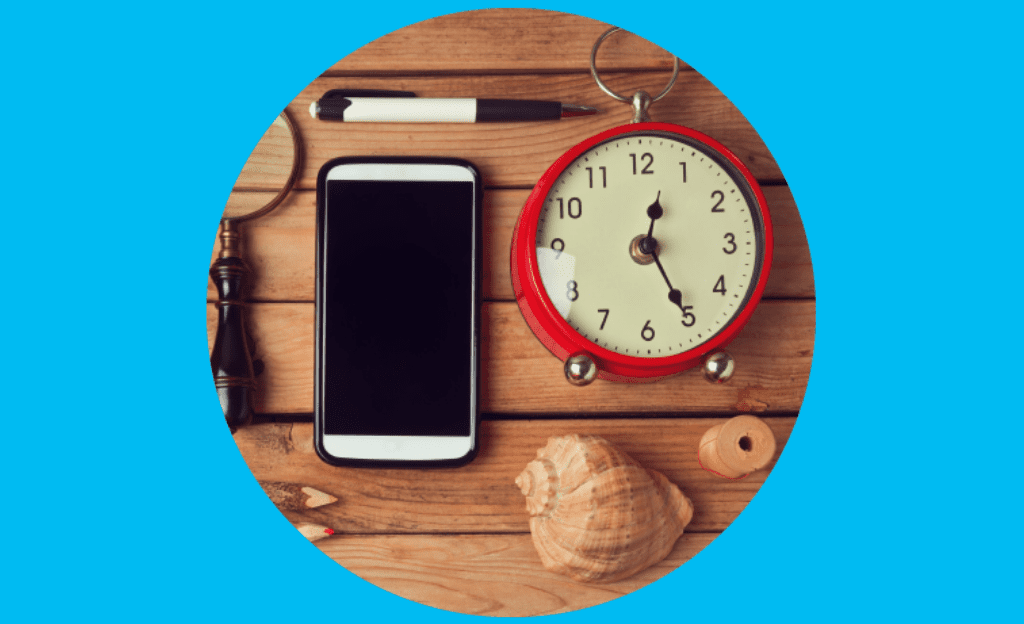

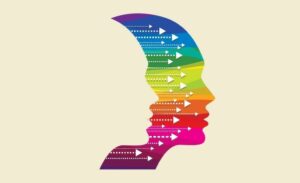
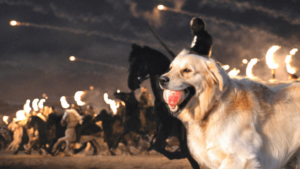
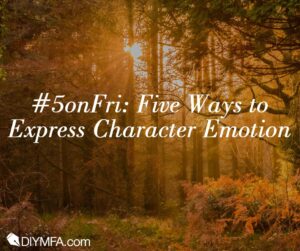


5 Responses
This is a great article. Thanks!
The recent movie Green Book also uses an object effectively–particularly, a green stone that one of the characters picks up during their trip South. The stone comes to symbolize the two characters’ journey together and their relationship. So, the writer can just show one of the characters looking at the rock as a shorthand for conveying that that character is thinking about the other–if I recall correctly.
I think the use of an object to represent another person is common in movies and television.
In This is Us, Kevin’s pendant from his father represents his father.
Ooh, yes. True! And lots of times, those objects-representing-relationships then carry the thematic weight of what that relationship means to the person. In the case of Kevin, for instance, the pendant means self-sacrifice, swallowing pride, working to overcome addiction, etc. right?
Yes, I think that’s right.